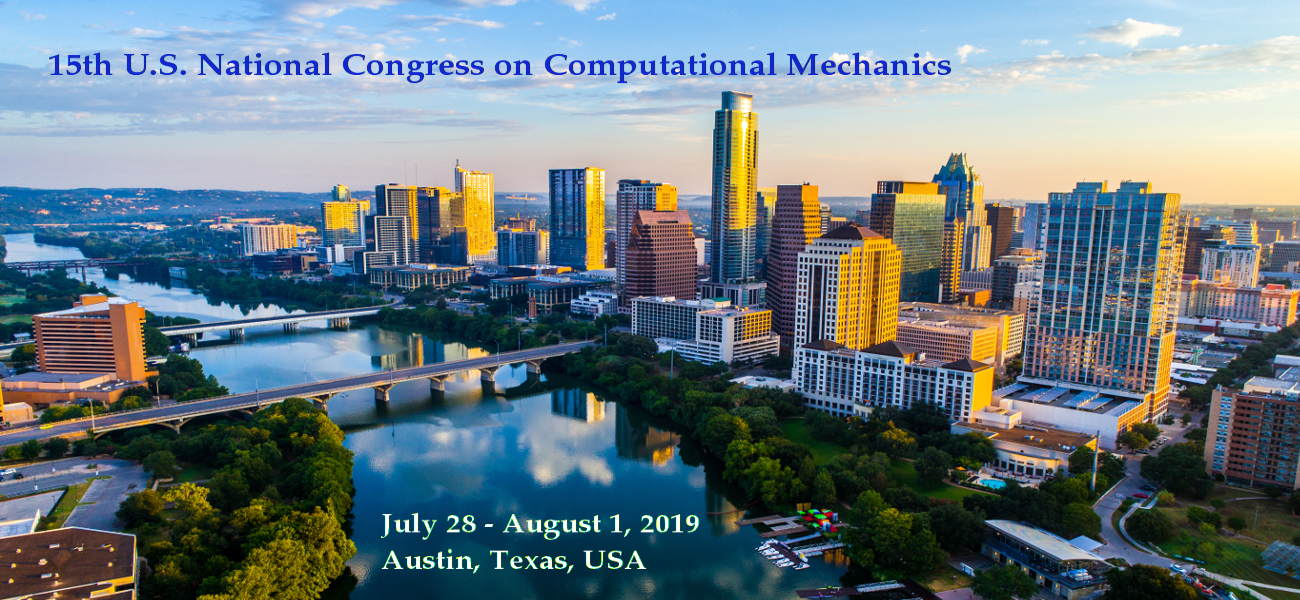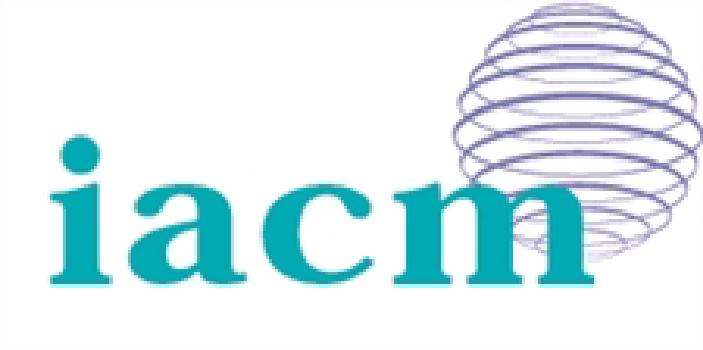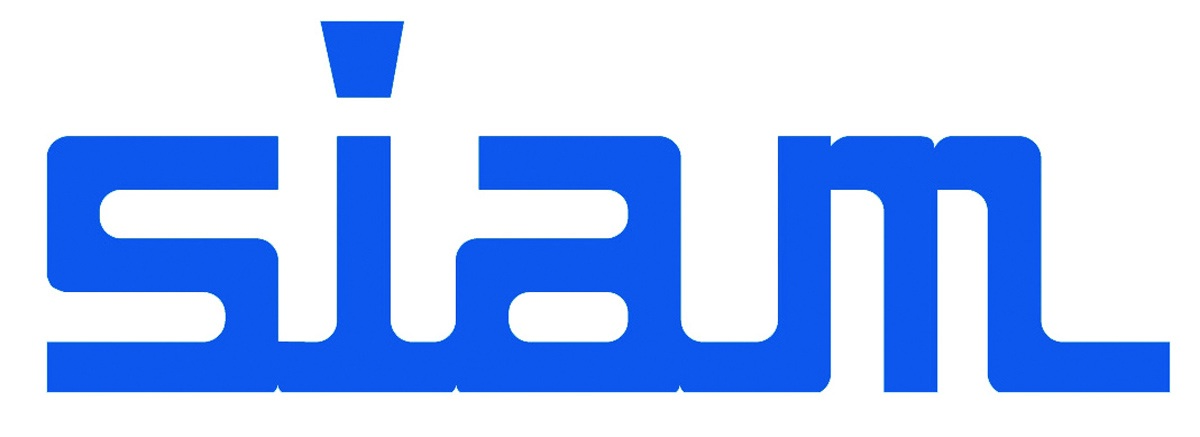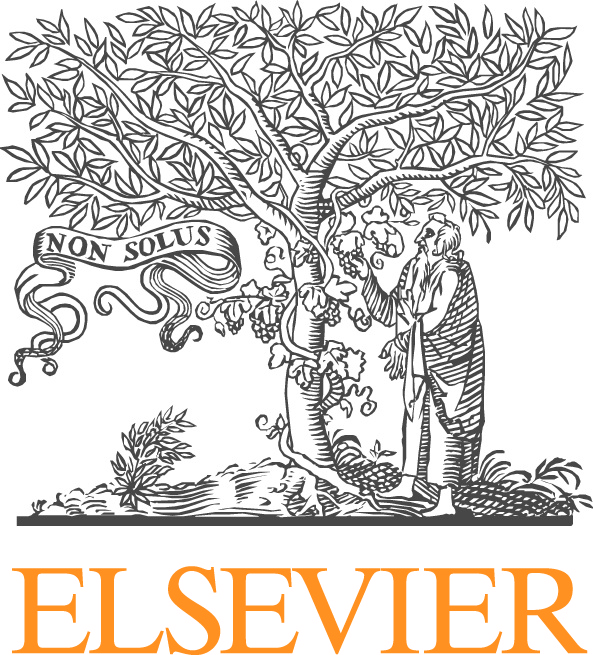Albert To, University of Pittsburgh
Lars-erik Lindgren, Lulea University of Technology
Wing Kam Liu, Northwestern University
Andreas Lundback, Lulea University of Technology
Various additive manufacturing (AM) techniques including 3D printing have been developed to manufacture complex-shaped components with well-controlled precision. The sophisticated AM techniques often require systematic modeling and simulation efforts during the design stage and for the purpose of part qualification/certification. The main objective of this minisymposium is to provide a platform to discuss recently developed modeling and simulation techniques for AM, including experimental calibration and validation efforts for the process. The topics include (but are not limited to):
• Part-scale and multiscale simulation of the manufacturing process to predict residual stress/distortion, surface topology, and microstructure including defects
• Modeling of materials considering effects of printing direction related to microstructure anisotropy
• Topology optimization for multi-functional design for AM
• Modeling and simulation of functionally graded materials, tissue engineering scaffolds, bioinspired composites, bi-material joints, etc
• Feedback control methods and process maps for minimizing defects and residual stress in as-built structures
• Prediction of mechanical responses of AM products via an integrated computational materials engineering approach considering phase changes
• Materials powder design and component post-heat treatment simulation
Typically, computational modeling and simulation for any AM processes (e.g. laser sintering/melting, electron beam melting, form deposition modeling, stereolithography, binder jetting) and materials (e.g. metals, plastics, ceramics and their composites as well as biological materials) are welcome.







